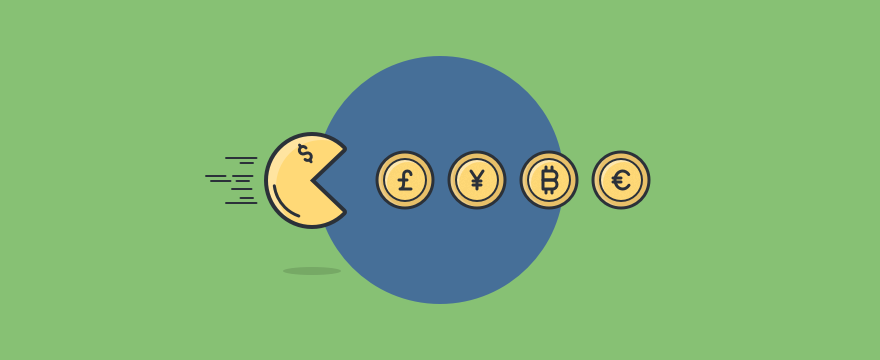Gamification
Incentivise users and improve UX.

Introduction
What makes a person want to play a game? There are two categories for the answer to that question. Intrinsic, and extrinsic motivators. Extrinsic motivators are the most obvious ones. In games, people play to earn things like points, badges, or a spot on a leaderboard. They are motivated to attain some reward.
Gamification is the careful organization of incentives within your product to encourage specific engagement by harnessing both intrinsic and extrinsic motivation.
TonicPow offers tools to gamify your user experience. This is pretty exciting, but the process of gamification is not as simple as slapping incentives onto your product and sitting back while you go viral. There are lots of important things you should consider when designing your gamification strategy.
Extrinsic motivation
"Carrot and stick". Extrinsic motivation can push you to wake up for work each day, compel you to enter a contest for the reward, or make you obsess over beating your rival.
- Points - This is whatever currency you operate in. It can be BSV, a built on token on top of BSV, or even the traditional approach of points recorded in a database.
- Badges - These are a record of accomplishment, like digital merit badges, or military accolades. Players become motivated to collect more and show them off to other players.
- Leaderboard - Ahh the coveted high score. This staple of gaming is a powerful draw for power users who pride themselves on being the best.
Intrinsic motivators
This is only half of the story though. Extrinsic reward is a big part of games, but not actually the primary reason we play. Sure there are games where you can win money, but people play games the time even without a monetary reward at stake. What is the incentive? The simple answer is, you're finding enjoyment in the activity itself.
There are a few primary factors that drive intrinsic motivation.
- Autonomy - Players should choose challenges out of genuine interest. The substance of the challenge itself matters.
- Competence - You should challenge users appropriately, and attempt to match their skill level. This is why video games so frequently include a difficulty level setting.
- Relatedness - This is when a player experiences a connection with another player, or receives support from them.
How TonicPow supports Gamification
We strive to build the best tools in the industry for supporting gamification. Since Bitcoin SV offers fast and inexpensive transactions, we can use this to carry data about the player, the task at hand, and of course facilitate the rewards.
- Reserve funds or tokens (coming soon) as a rewards pool
- Manage your app's challenges and rewards (conversion goals)
- Provide detailed statistics / leaderboards
- Real time notifications to all parties
- API designed with gamification in mind
- Track user progression